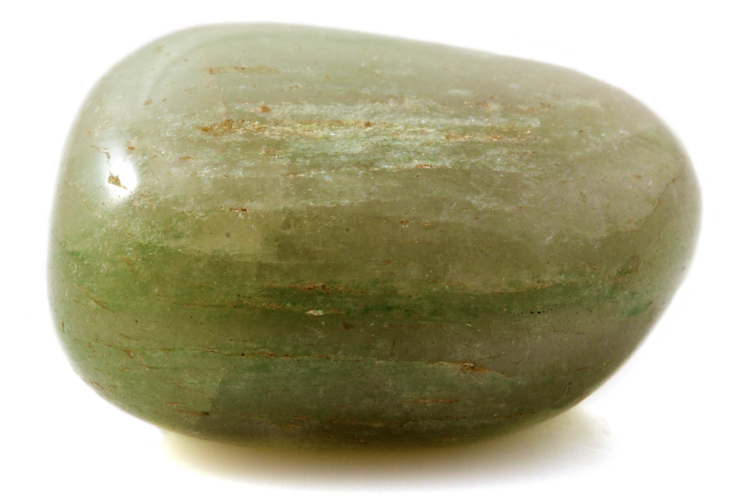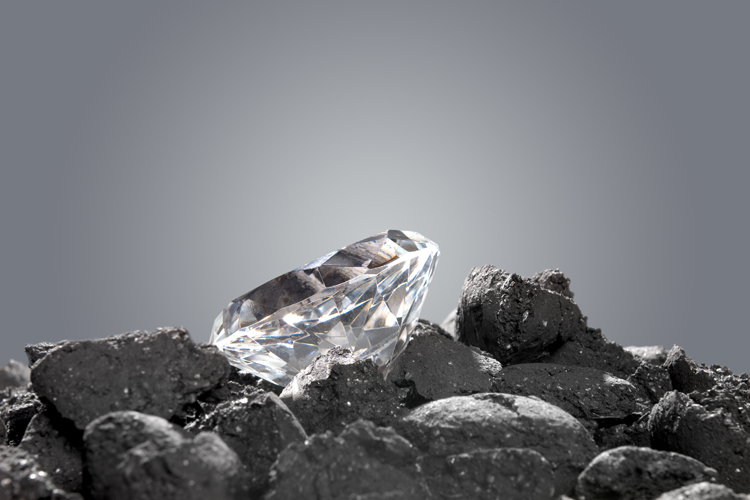Moonstone is a shimmery potassium feldspar of the orthoclase group, whose unearthly luster resembles the delicate glow of the moonlight.
The distinctive blue-whitish luster of moonstone glides over the surface of the gem when it is cut en cabochon and appears to come from below its surface.
This effect is called adularescence, also known as the “Schiller effect,” and is caused when light reflects off the gem’s thin, alternating layers of orthoclase and albite feldspar, scattering in many directions.
Other feldspar minerals can also display this effect, such as sanidine or labradorite.
The Schiller is the main feature of the moonstone and the reason for its name. The misty light appears to move as the stone, or the light source, is turned, just like moonlight floating on the water’s surface.
Moonstones can be transparent to opaque. The body color varies a lot, ranging from colorless to tonalities like peach, brown, pink, green, or gray.
The Schiller is white, blue, or silver.
Thin albite layers produce blue schiller, while thick orthoclase layers originate white schiller. Besides the typical adularescent effect, some moonstones may display chatoyancy or even asterism.
Deposits of moonstone can be found in Sri Lanka, Burma, India, Brazil, Madagascar, Armenia, and the USA.
Fine-quality and large moonstones are rare. The quality of the gem is determined by factors such as body color, clarity, carat weight, cut, and the adularescence effect’s color, strength, and orientation.
The most desirable exemplars are transparent to semi-transparent and colorless, with no visible inclusions and a vivid, intense blue adularescence.
Inclusions may interfere with adularescence, reducing the gem’s value. The small characteristic inclusions present in moonstones are called centipedes by gemologists.
Moonstone has a hardness level of 6 to 6,5 on the Mohs scale.
The preferred cuts for this ghostly shimmering gem are the cabochon, which best enhances the adularescence effect, beads, and cameos, where the schiller provides a beautiful effect.
This feldspar gemstone associated with the moon is considered a stone of love and lovers. It particularly benefits women and is believed to strengthen the immune system.
Moonstone was named the state gem of Florida as a tribute to the Moon landings.
Moonstone | Physical Properties
Chemical Composition: K Al Si3 O8
Cleavage: Perfect
Color: Colorless, Yellow, Pale Sheen
Crystal System: Monoclinic, Prismatic
Fracture: Uneven, Conchoidal
Luster: Opalescent
Mohs Hardness: 6-6.5
Specific Gravity: 2.61
Transparency: Transparent to Opaque




